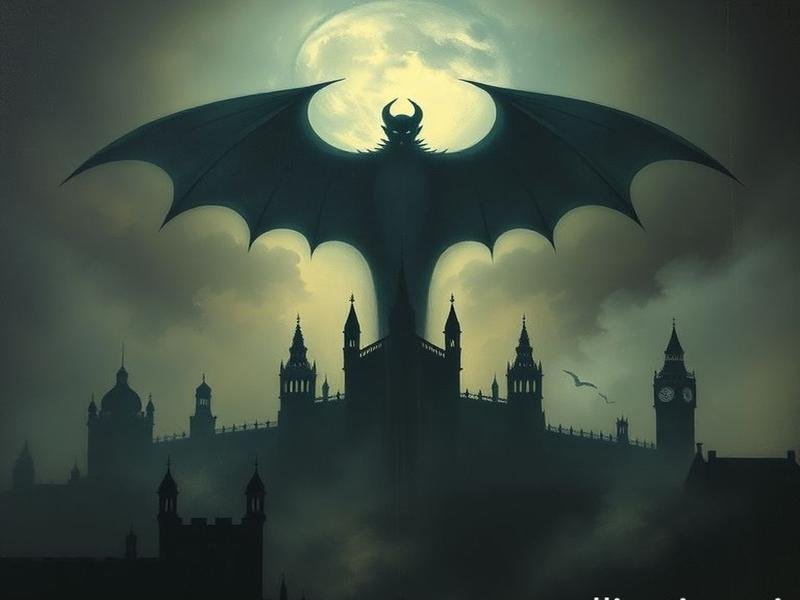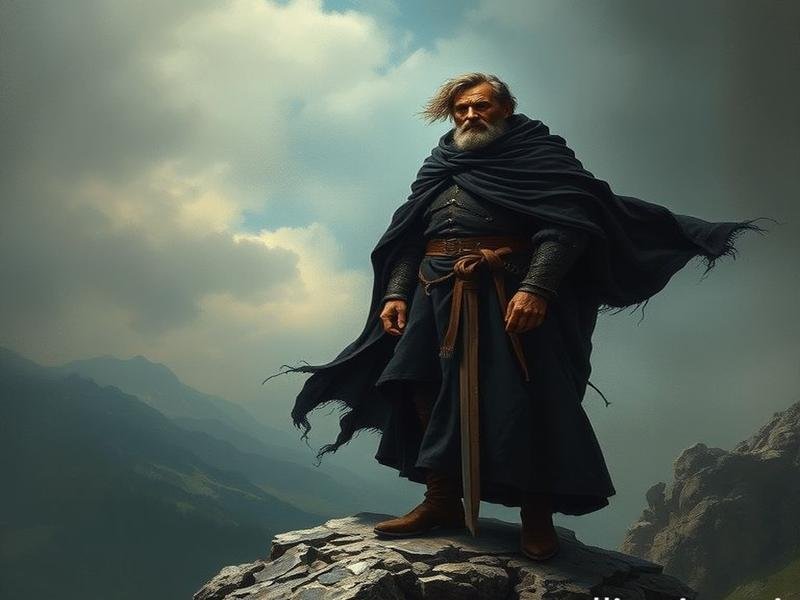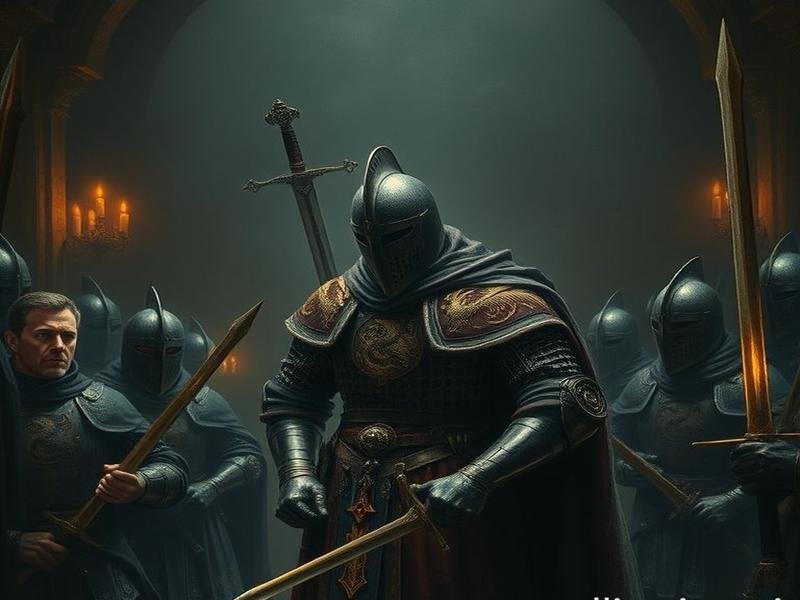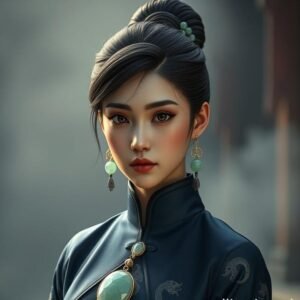Dracula: An enduring legend of horror!
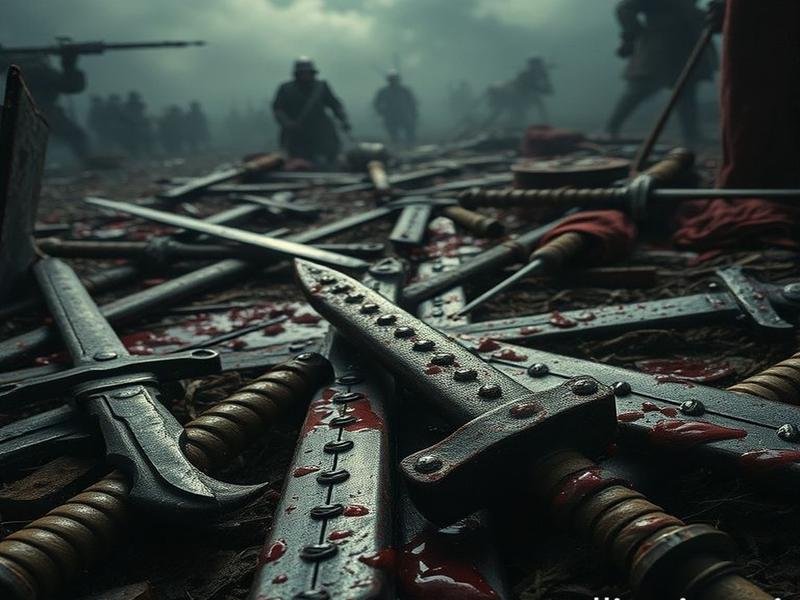
Dracula: The Legend & History of the Timeless Vampire
Can the shadow of a single man stretch across six centuries, casting its darkness over continents he never dreamed existed? Can a name, whispered in fear on the banks of the Danube, become synonymous with timeless terror?
This is the story of Dracula. A legend that refuses to die.
Bram Stoker and the Birth of a Legend
Our journey begins in a somber library in Victorian London. There, in the late 19th century, sits a man named Bram Stoker. A successful theater manager, but an aspiring writer. He had never set foot in the dense forests of Transylvania, nor seen its castles perched on rocky cliffs. But his imagination had. In an old book on Eastern European history, he stumbles upon a name that sends a strange chill down his spine: “Dracula.” A marginal note in the book tells him that the word means “Devil.” The information wasn’t entirely accurate, but it was enough. Stoker had found his demon. And from here, the seed of terror was sown, destined to grow and overshadow the world.
Vlad the Impaler: The Historical Dracula
But centuries before Stoker, there was a real man of flesh and blood. His name was Vlad III, Prince of Wallachia, in modern-day Romania. He was no vampire, but he knew the meaning of blood well. He possessed no supernatural fangs, but his cruelty was far more lethal. He was born into a world teetering on the brink of collapse. The mighty Ottoman Empire was knocking on Europe’s door, and little Wallachia stood directly in its path.
His father, Vlad II, was a member of the Order of the Dragon, a knightly order founded to defend Christianity. The word “dragon” in Romanian is “drac,” from which the father’s title “Dracul,” meaning “the Dragon,” was derived. Thus, the son became “Dracula,” meaning “son of the Dragon.” It was a title that symbolized courage, not evil. But history has its twisted ways of turning heroes into monsters.
Vlad spent his childhood as a hostage in the court of the Ottoman Sultan. There, he learned the harshest lesson: fear is a more powerful tool of governance than loyalty. When he returned to claim his throne, his country was mired in the chaos of treacherous nobles. The young Dracula realized that wolves could only be ruled by being a more ferocious wolf than them.
The Reign of Terror
And here began his bloody legend. At one feast, he invited hundreds of nobles to a grand banquet. After they had eaten and drunk, he asked them a single question about the instability of the country they had caused. At that moment, the doors were locked. He not only killed them, but chose for them the most humiliating death of that era: impalement. His message was clear, written in human bodies: the reign of chaos was over.
But the pinnacle of his brutality was manifested in the face of Mehmed the Conqueror himself, the conqueror of Constantinople. When the Sultan marched with a massive army to conquer Wallachia, Dracula used guerrilla warfare and scorched-earth tactics. But his most potent weapon was psychological. On the outskirts of his capital, he prepared a scene from hell. A terrifying forest stretching for miles, its trees not of wood, but of twenty thousand stakes, each bearing the corpse of an Ottoman prisoner. It is said that the horror of the scene was so great that Mehmed the Conqueror himself turned his army around and retreated, admitting that he could not fight a man who committed such atrocities. Dracula had saved his country, but he had planted in history an image of himself as a demon incarnate.
From Warrior Prince to Vampire Legend
This is the man Bram Stoker discovered. He took the name, the cruelty, the obscure geographical location, and skillfully blended it all with European folklore about vampires. It was an act of literary alchemy, transforming a warrior prince into an immortal being, an aristocrat, a sorcerer, and a predator.
His novel struck a chord in the Victorian psyche, which was obsessed with the fear of the foreign and repressed desire. Count Dracula was the embodiment of all these fears: a mysterious monster from the East threatening the purity of society, defying the laws of science and death.
Dracula in Cinema and Modern Culture
But the true transformation of the legend came with the birth of cinema. First, the German film “Nosferatu,” which presented a rat-like monster embodying disease and death. Then, in 1931, came Hollywood. Actor Bela Lugosi donned the black cape, and with his charming European accent, presented the world with the seductive aristocratic Dracula. Horror became alluring. After him came Christopher Lee with a more brutal version, and then Francis Ford Coppola redefined him as a tragic figure, a cursed warrior searching for his lost love across the oceans of time.
Today, in our digital age, the legend has taken on a new life. Dracula has become a ghost haunting popular culture. Countless stories abound of tourists who have felt his presence in the castles of Romania. Entire online communities have sprung up of people who consider themselves “vampires.” Even King Charles III, the King of Britain, has stated that he has a distant kinship with Vlad the Impaler, linking history to legend and reality in a bizarre mix.
The Enduring Appeal of Dracula
So, why does this obsession persist? Because Dracula is not just a monster, but a mirror. We reflect upon him our deepest fears and desires. The fear of death, and the desire for immortality. The fear of the unknown, and the desire for absolute power. He represents forbidden temptation, the dangerous allure of breaking all the rules. Each generation reshapes Dracula in its own image, to confront its own demons through him.
And so, we return to the beginning. The real man, Vlad, died more than five hundred years ago. And Stoker’s book has become a literary classic. But the idea, the ghost, the legend… these things do not die. Dracula has indeed become immortal, not because he drinks blood, but because we are the ones who continue to give him life with every story we tell, and every film we watch. He is the shadow that one man once cast, a shadow that continues to grow and expand, always reminding us that the most formidable monsters are not those that hide in abandoned castles, but those that dwell in the depths of our human imagination.
